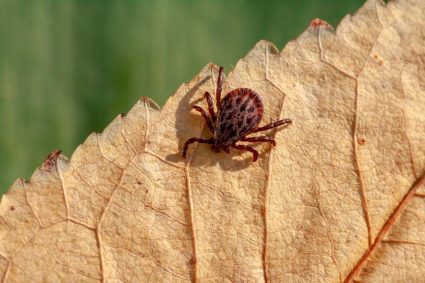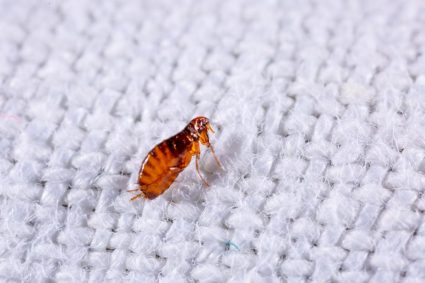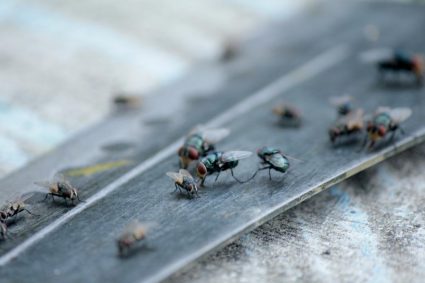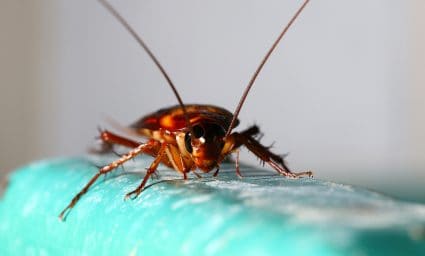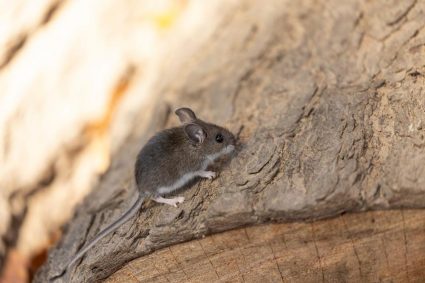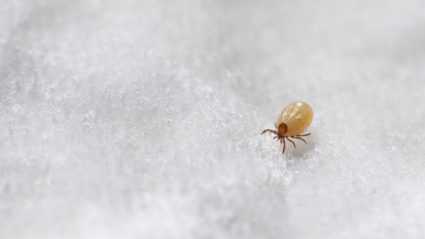
Cockroaches, often referred to as roaches, are among the oldest and most adaptable creatures on the planet. While there are thousands of species of roaches, only a few are known to infest homes and commercial spaces. Particularly large roaches can be a cause for concern due to their size and the potential for infestation. This comprehensive guide will explore the causes of big roaches and provide insights on how to control and prevent their presence.
Big roaches are typically caused by a combination of factors including species, habitat, availability of food and water, climate and weather conditions, poor sanitation and clutter, and their reproductive habits. Species like the American Cockroach naturally grow larger than others. They thrive in warm, humid environments, especially where food and water are readily available. Poor sanitation and clutter can also attract these pests. Additionally, their rapid reproduction and resistance to certain pesticides make them a persistent problem.
Why Are Some Roaches Big?
Roach size can be attributed to several factors, including species, habitat, and availability of food. Some species such as the American cockroach, which can grow up to 1.5-2 inches in length, are naturally larger than others.
Roaches thrive in a variety of habitats, including urban areas, homes, restaurants, sewers, and outdoor environments like gardens. They are attracted to warm and humid places, and the availability of food in homes makes them more likely to infest residential areas.
Common Types of Big Roaches
There are several common types of large cockroaches that can be found in homes. Some of the most common ones include the German Cockroach, American Cockroach, Oriental Cockroach, Brown-Banded Cockroach, and the Smoky Brown Cockroach. These roaches are usually found in warm, humid, and dark areas of the home, such as behind refrigerators, under sinks, in dark drawers or cabinets, and in narrow cracks and crevices.
Factors That Attract Big Roaches
The main factors that attract big roaches to a certain environment include food, water, shelter, location, accessibility, and pheromones. Roaches are opportunistic scavengers that are attracted to various food sources, including human food, pet food, bird feed, and even cardboard.
Water, especially in the form of damp, wet, moist environments, can also attract roaches. Leaky pipes, dripping faucets, small spills, and generally damp areas can provide the necessary moisture for these insects to thrive.
Role of Food and Water Sources
The availability of food and water sources plays a significant role in the presence of big roaches in a given area. Poor sanitation can contribute to the cockroach’s ability to obtain food, water, and shelter. Even the cleanest of homes can develop a cockroach problem if there are cracks or crevices that provide entryways for these pests.
Impact of Climate and Weather Conditions
Climate and weather conditions play a significant role in the presence and population of big roaches. Cockroaches thrive in warm temperatures and are fragile in cold conditions. They are cold-blooded creatures, which means the temperature of their surroundings greatly influences their growth, development, and behavior.
The Effect of Poor Sanitation and Clutter
Poor sanitation and clutter play a significant role in the infestation of big roaches. Cockroaches are attracted to food scraps, grease, and other organic materials, so inadequate cleaning, especially in the kitchen, can create an ideal environment for them to thrive.
Reproductive Habits of Big Roaches
Big roaches have a reproductive cycle that contributes to their population growth. Female American cockroaches are capable of producing one egg capsule (ootheca) per week after mating. Each female can lay anywhere from 6 to 14 egg capsules in their lifetime, with each case holding about 16 eggs.
Survival Instincts and Resistance to Pesticides
Cockroaches are known for their incredible survival instincts and adaptability, which contribute to their persistent presence. They have been around for more than 300 million years and have evolved to withstand various environmental changes and challenges. Their resistance to certain pesticides is another factor that makes them difficult to control.
Preventive Measures
To control and eliminate big roaches from homes and commercial spaces, you can take several preventive measures, including maintaining cleanliness, inspecting items entering your space, sealing cracks and entry points, managing waste, eliminating sources of water, using baits and traps, applying insecticides, monitoring hot spots, practicing good storage habits, and seeking professional help.
Roaches’ Adaptability
Cockroaches are highly adaptable creatures that have developed various ways to adjust to their environment. They have a flattened body, a chitinous exoskeleton, long antennae, mosaic vision, nocturnal behavior, an omnivorous diet, rapid reproduction, social behavior, and detoxification and immunity.
In conclusion, the causes of big roaches are multifaceted and require a comprehensive understanding of their behavior, habitat, and survival instincts. By taking preventive measures and maintaining a clean and clutter-free environment, you can control and eliminate these persistent pests from your home or commercial space.
Frequently Asked Questions
What are the health risks associated with big roaches?
Big roaches can pose several health risks. They are known to carry bacteria, viruses, and other pathogens that can cause diseases like salmonella and gastroenteritis. Additionally, roach droppings, skins, and other debris can trigger allergic reactions or asthma in some individuals.
Can big roaches fly?
Yes, some species of big roaches, such as the American Cockroach and the Smoky Brown Cockroach, have wings and are capable of flying for short distances. However, they are not strong flyers and often prefer to run when disturbed.
How long do big roaches live?
The lifespan of big roaches varies by species, but on average, they can live for around 1-2 years. Factors such as food availability, habitat conditions, and exposure to pesticides can influence their lifespan.
Can big roaches bite?
While it’s rare, big roaches are capable of biting humans but they generally do not unless they feel threatened or there is a severe infestation. Their bites can cause minor skin irritation, swelling, or infection.
Are big roaches dangerous?
Big roaches are not directly dangerous, but they can pose health risks due to the bacteria and pathogens they can carry. They can also cause damage to property by chewing on materials and contaminating food.
What is the fastest way to get rid of big roaches?
The fastest way to get rid of big roaches usually involves professional pest control services. They have access to more potent pesticides and techniques to quickly and effectively eradicate a roach infestation. However, it’s also important to maintain cleanliness and take preventive measures to avoid future infestations.


